Head lice and nits: What's true and what's a myth?
What's the deal on head lice?
- Published
With the return to school, you may be hearing people talking about head lice and nits.
Lice are tiny insects that live on people's heads, and nits are the eggs they hatch from, found close to the scalp.
The insects are very common, especially among young children.
Lice can leave your scalp feeling really itchy and irritated, and can be a little difficult to get rid of sometimes, but they aren't dangerous.
There are lots of different myths about head lice you may have heard which aren't actually true. So what's the deal? Read on to find out more.
More like this
- Published29 December 2021
- Published9 November 2022
- Published20 October 2023
Myth 1- Lice like dirty hair
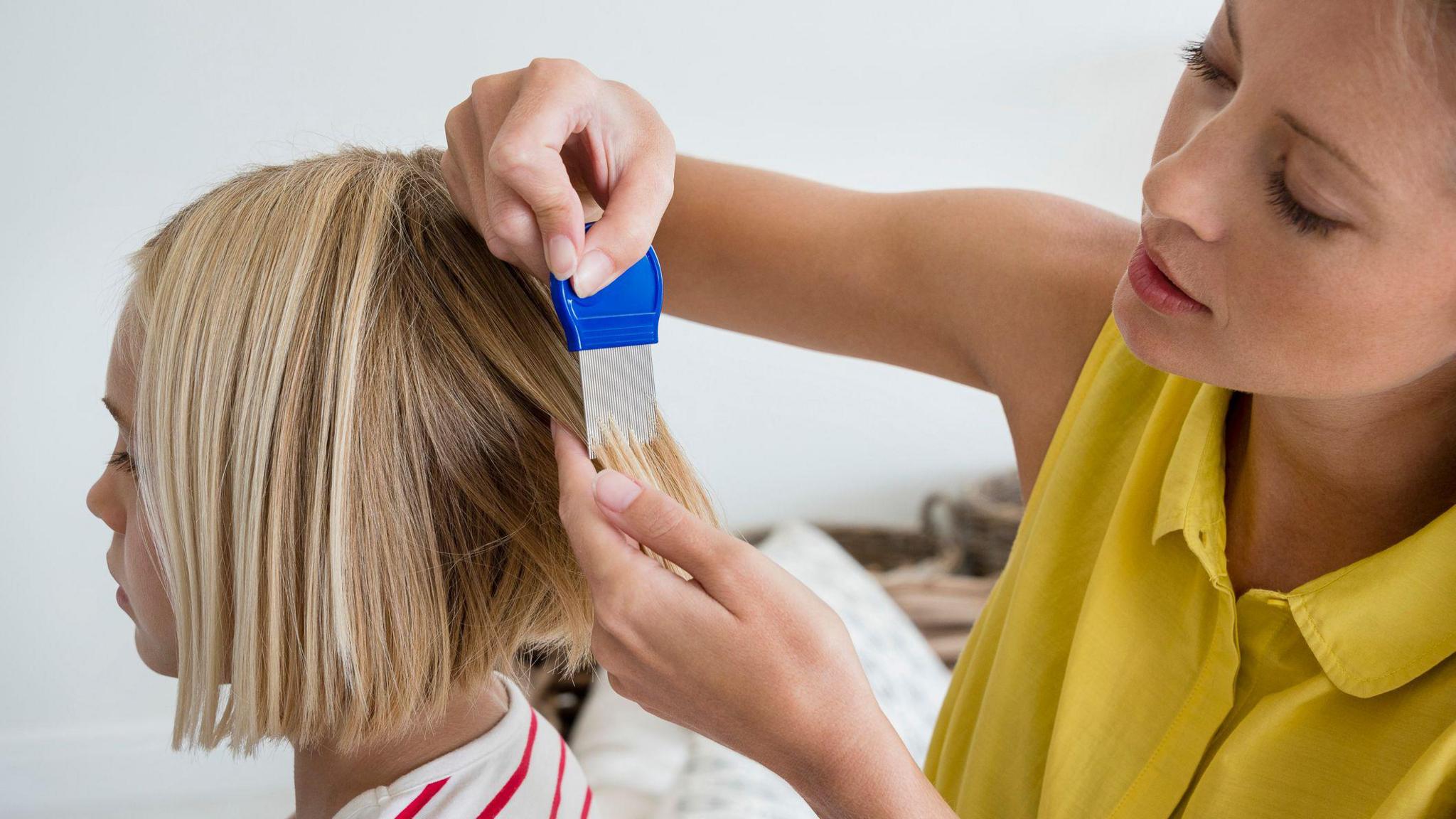
You may have heard that head lice only like dirty hair, but that's not the case.
The insects are fans of any human scalp - so they can attach their eggs to the hair strands.
"Lice are not caused by dirty hair, they live on both clean and dirty hair," professor Margaret Ikpoh, who is the vice chair of the Royal College of GPs, told Newsround.
"While it's always a good idea to keep your hair clean, it won't necessarily prevent lice."
Myth 2 - Lice can jump
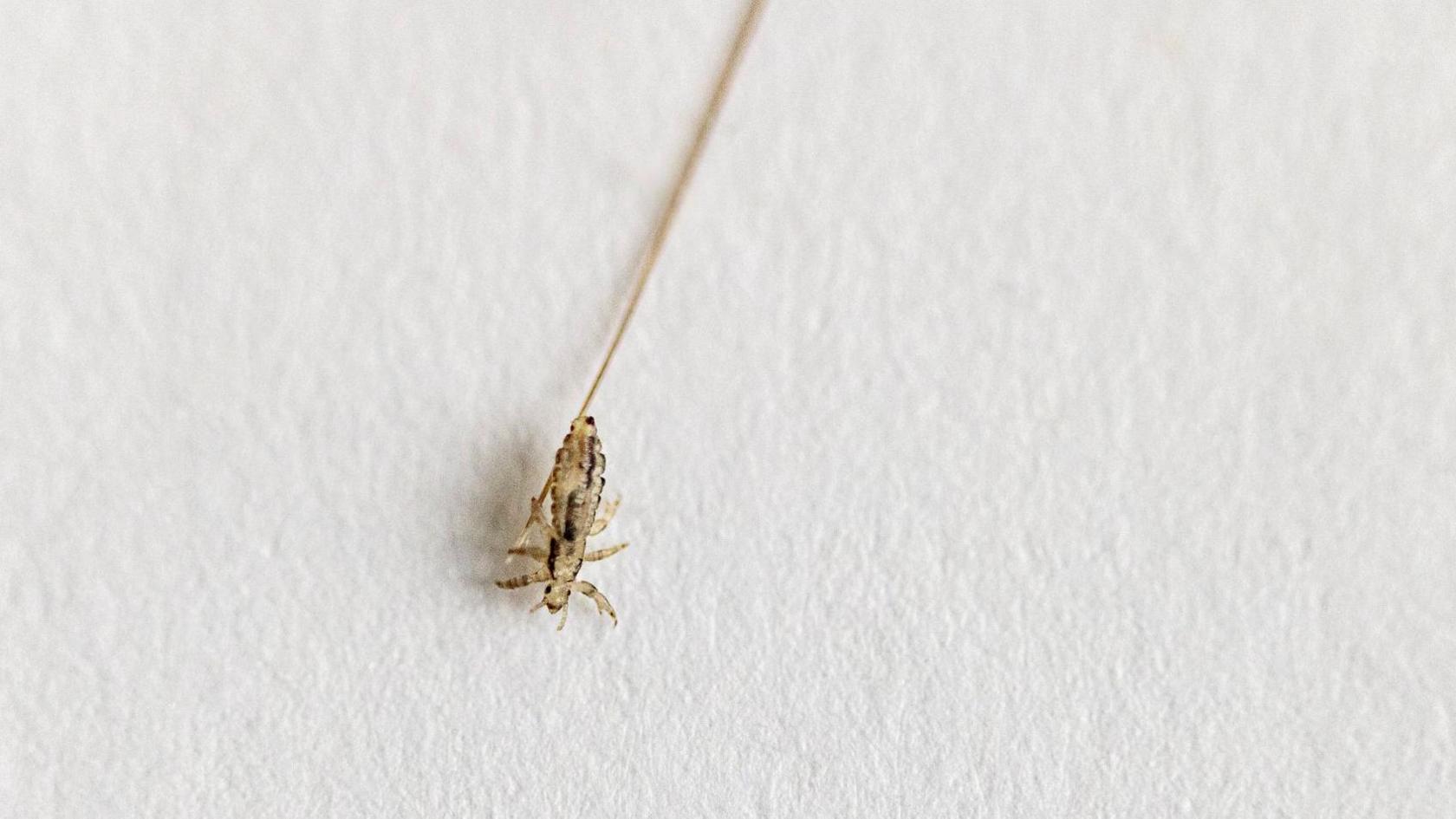
Head lice don't have wings, which means they're unable to jump or fly.
It also means they can't spread as easily as you might think.
"Lice can't jump, so don't worry about them spreading that way," professor Ikpoh says.
The insects have six legs with claws at the end, which they use to crawl and cling on to hair strands.
"They spread from head-to-head contact which can happen when you're close to another person," explains professor Ikpoh.
This type of contact can allow the lice to crawl from one head to another.
Myth 3 - Lice prefer long hair
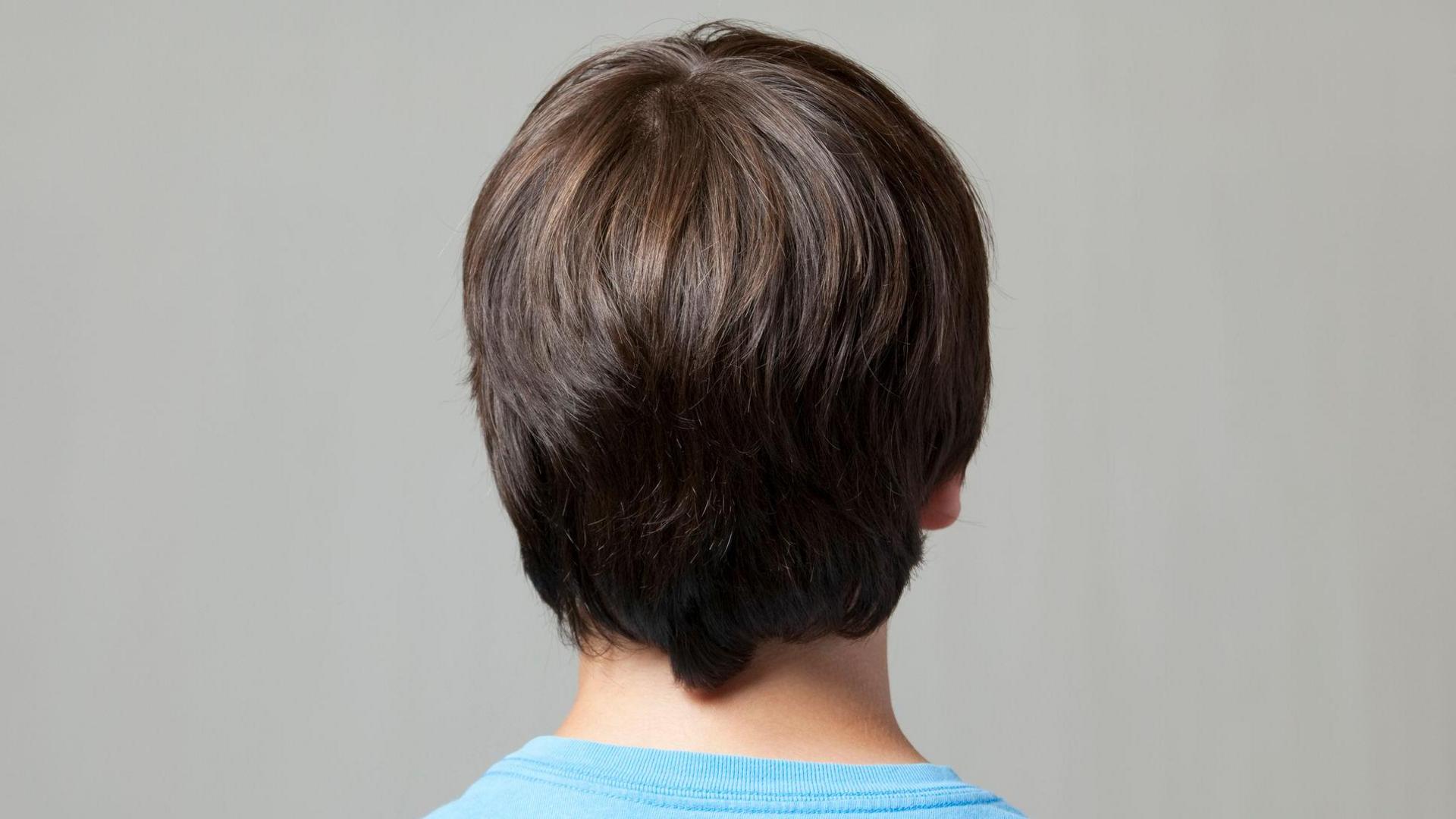
Another common myth you might hear is lice prefer living in longer hair.
Again, this isn't true. They love staying close to warm scalps to feed and breed.
"People with any style, texture or length of hair can catch lice," professor Ikpoh says.
"However, long hair can mean there is more hair for lice to cling on to.
"If you have longer hair and are worried about lice, you can tie it back or plait it to prevent lice attaching."
Myth 4 - School is the only place you can catch head lice

Lots of people think schools are where lice spread the most because lots of children are in one place.
But this tends to happen more in nurseries or pre-schools with younger children where there's more head-to-head contact.
"Schools are a common place to catch head lice as there will be lots of children playing and learning close together.
"But they can also be caught at playgroups and other activities, as well as within families," says professor Ikpoh.
Myth 5 - You can catch lice from pets
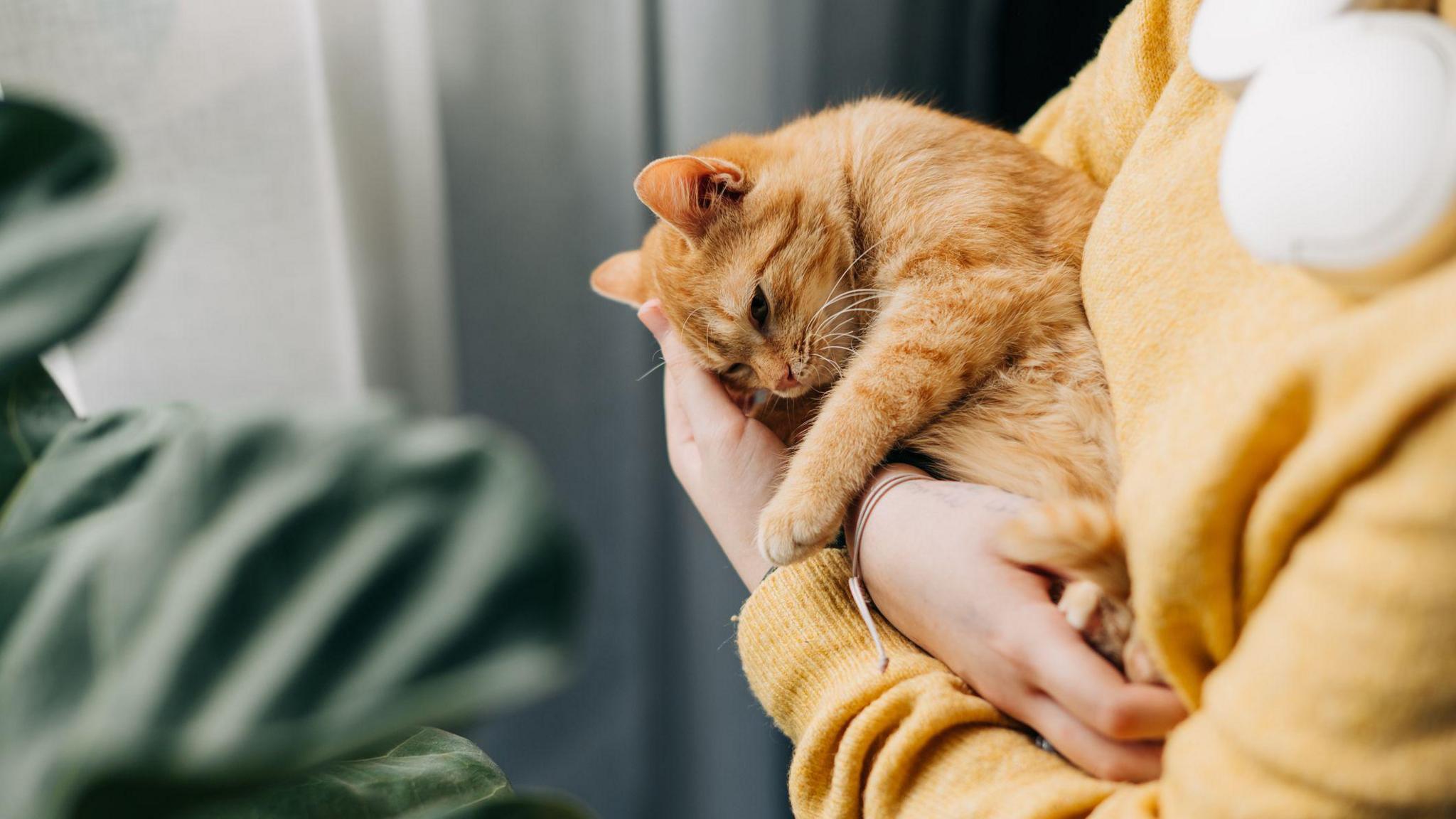
"You can't catch lice from pets, they only live on human hair and can't survive long away from a person's head," professor Ikpoh told Newsround.
It means you can't catch them from your dogs, cats, rabbits, hamsters or any other animals.
Nor can you pass them to your pets.
How are head lice treated?
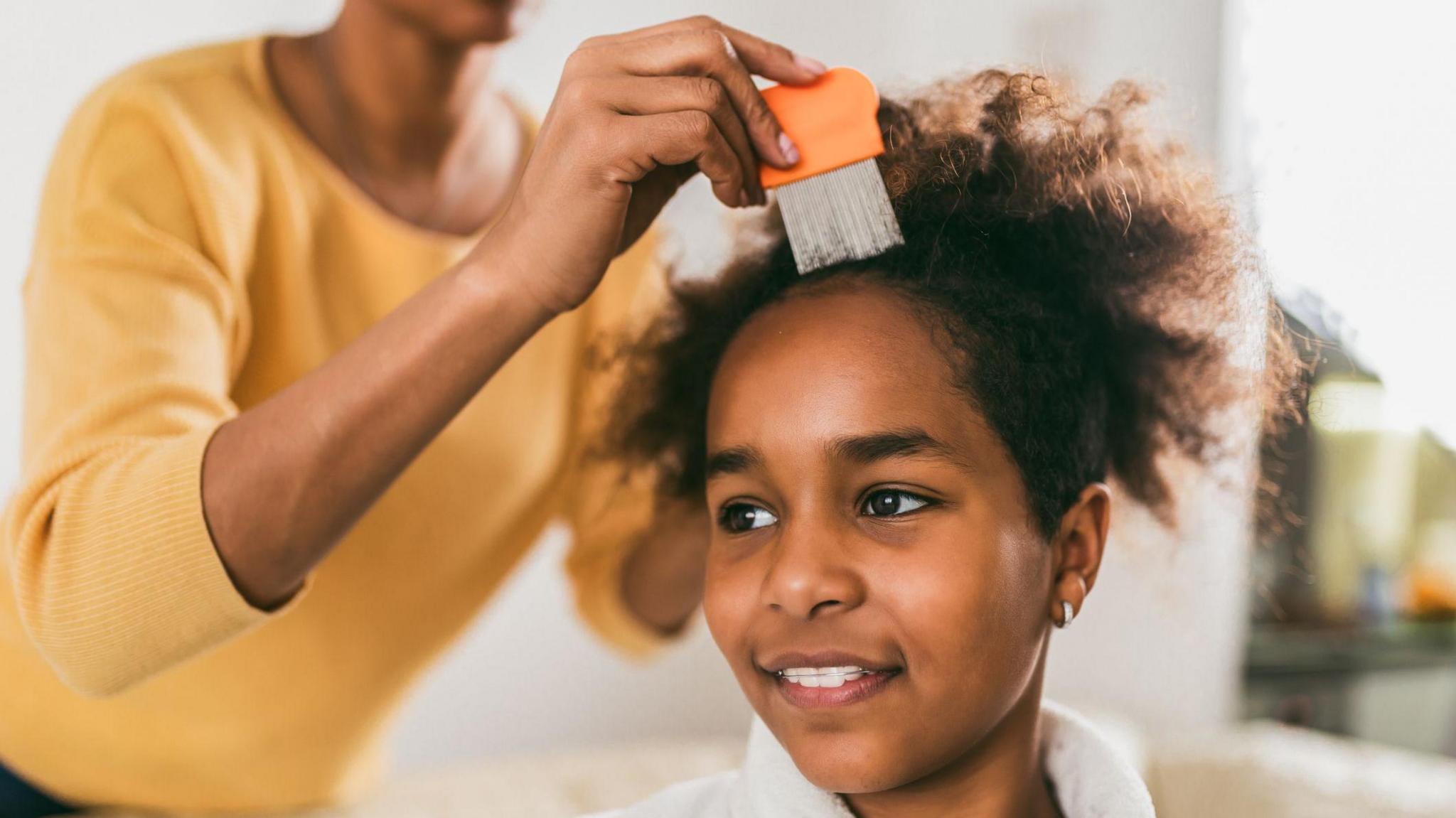
Head lice and nits can be removed through wet combing
"Head lice are very common and can be treated without seeing your GP," professor Ikpoh explains.
"You can treat them easily with wet combing or medicated sprays from your pharmacy."
Wet combing is when hair is washed, covered in conditioner, and a fine-tooth comb is run through the hair to remove the lice and their eggs.
This may need to be done a few times over several weeks to get rid of head lice completely.
More of the latest from Newsround
- Published24 September

- Published23 September

- Published7 days ago

